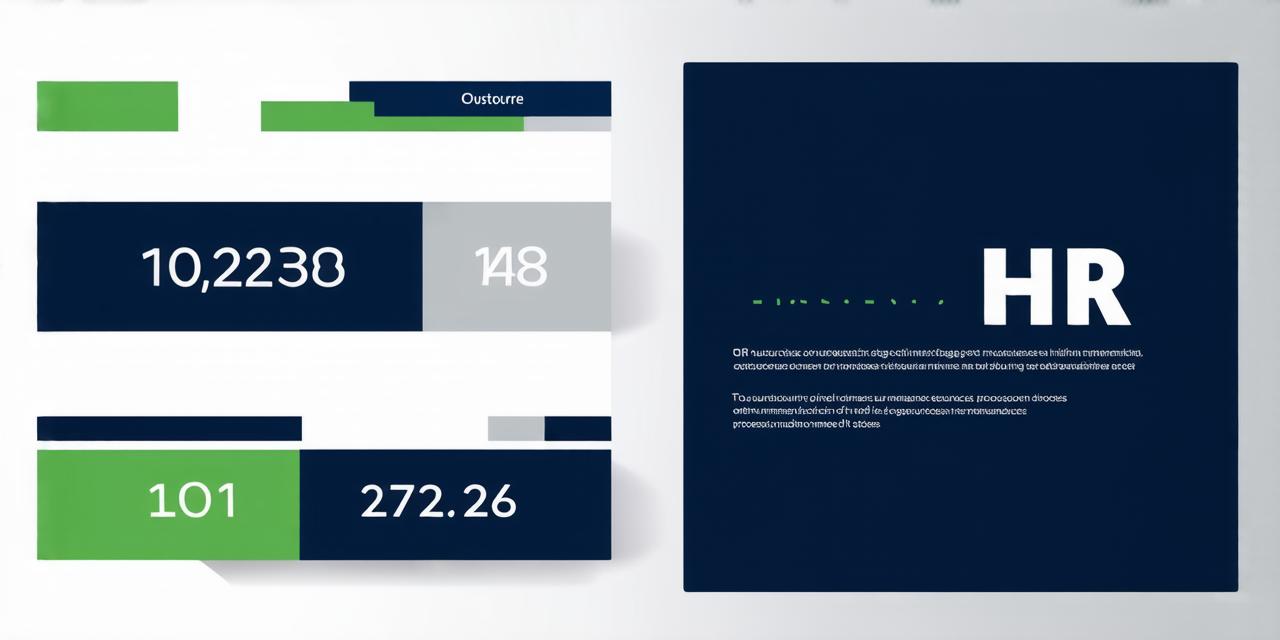How many stages of outsourcing hr functions are there
BlogOutsourcing HR Functions: Transactional, Commoditized, and Strategic Outsourcing
Human Resources (HR) is a critical function in any organization as it helps to attract, retain, and manage talent. With the increasing competition for talent and the need to keep up with changing regulations, many organizations are turning to outsourcing HR functions to improve efficiency, reduce costs, and gain access to specialized expertise.
Table of Contents
ToggleStage 1: Transactional Outsourcing
Transactional outsourcing is the most basic form of outsourcing HR functions. It involves outsourcing specific tasks or processes to a third-party provider, such as payroll processing or employee benefits administration. In this stage, the HR department remains responsible for overseeing these outsourced tasks, but they are handled by an external vendor.
The main advantage of transactional outsourcing is cost savings. By outsourcing specific HR functions, businesses can reduce their internal staffing and infrastructure costs. Additionally, it allows companies to focus on their core business activities while the vendor handles the HR tasks. However, this stage may not be suitable for organizations that require a high level of customization or control over their HR processes.

Case Study: XYZ Corporation
XYZ Corporation is a mid-sized manufacturing company based in the United States. They previously handled their own payroll and benefits administration in-house. However, they found it to be time-consuming and costly. They decided to outsource these functions to a third-party provider, which allowed them to focus on their core business activities while reducing their internal staffing costs.
Stage 2: Commoditized Outsourcing
Commoditized outsourcing involves outsourcing HR functions that are considered commodities, such as payroll processing or employee benefits administration. In this stage, the vendor provides standardized solutions to meet the needs of multiple clients. This type of outsourcing is suitable for organizations that require a high level of efficiency and cost savings.
The main advantage of commoditized outsourcing is speed and scalability. The vendor provides standardized solutions that can be quickly implemented, allowing businesses to save time and resources. Additionally, it allows companies to scale their HR processes as needed, without the need for significant internal infrastructure changes. However, this stage may not be suitable for organizations that require a high level of customization or control over their HR processes.
Case Study: ABC Corporation
ABC Corporation is a large retail chain based in Europe. They previously handled their own payroll and benefits administration in-house but found it to be time-consuming and costly. They decided to outsource these functions to a third-party provider that offered standardized solutions for multiple clients. This allowed them to save time and resources while reducing their internal staffing costs.
Stage 3: Strategic Outsourcing
Strategic outsourcing involves outsourcing HR functions that are critical to an organization’s strategic objectives. In this stage, the vendor provides specialized solutions that align with the client’s business goals and objectives. This type of outsourcing is suitable for organizations that require a high level of customization and control over their HR processes.
The main advantage of strategic outsourcing is alignment with business goals. The vendor provides specialized solutions that are tailored to the client’s specific needs, allowing businesses to achieve their strategic objectives. Additionally, it allows companies to focus on their core business activities while the vendor handles the specialized HR tasks. However, this stage may require significant upfront investment and long-term commitment.
Case Study: DEF Corporation
DEF Corporation is a technology start-up based in the United States. They recognized that HR was critical to their success and decided to outsource these functions to a third-party provider that offered specialized solutions for their specific needs. The vendor provided customized solutions that aligned with DEF’s business goals, allowing them to attract top talent and achieve their strategic objectives.
In conclusion, outsourcing HR functions can be done in different stages, each with its own benefits and challenges. Transactional outsourcing is suitable for cost savings but may not provide the level of customization required by some organizations. Commoditized outsourcing provides speed and scalability but may not meet the specific needs of businesses. Strategic outsourcing provides alignment with business goals but requires significant upfront investment and long-term commitment. By understanding the different stages of outsourcing HR functions, businesses can make informed decisions that align with their strategic objectives and achieve their desired outcomes.
